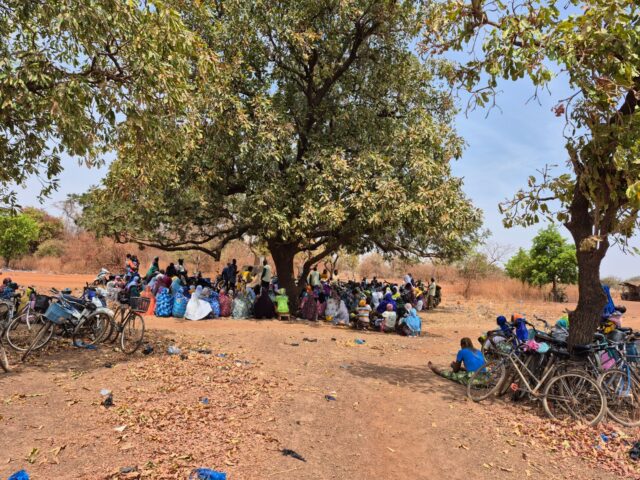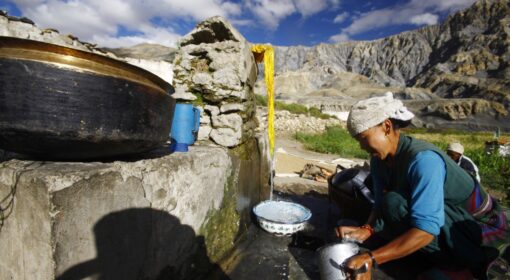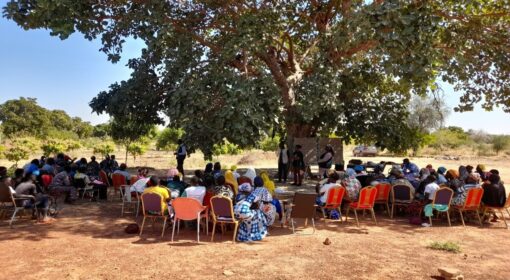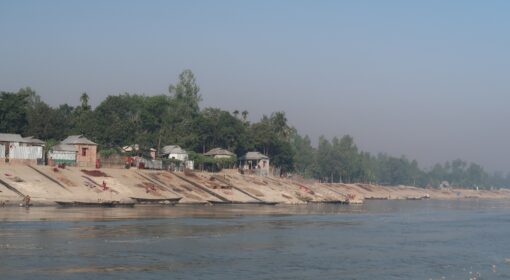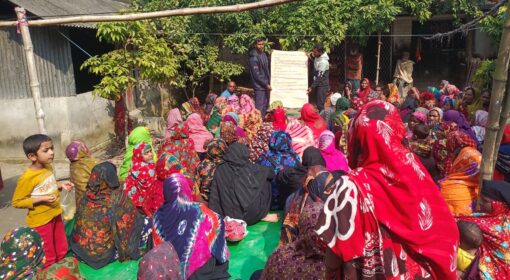By Tidiane Zalle, Zare Aïda and Femke van Woesik
This blog is part of a dossier on locally-led adaptation, featuring insights and lessons from the Reversing the Flow (RtF) program. RtF empowers communities in Bangladesh, Burkina Faso, Ethiopia, Kenya, and Sudan to build climate resilience through direct funding and a community-driven, landscape approach.
Development work often overlooks an important difference: what people need is not always what they see as their priority. In many vulnerable areas, communities accept any project that meets a need, even if it’s not what matters most to them. This is not passivity but a way to cope with limited choices.
When every offer meets a need, but not necessarily a priority
During the NGO tiipaalga’s baseline activities in Burkina Faso, a community member expressed appreciation for being able to decide which actions to prioritize. He explained that most projects impose predefined activities. Communities accept them because “we take what is given, because we need everything.” The issue, therefore, is not the absence of needs, but the lack of opportunity to determine what is most urgent and strategic.
In conventional project logic, interventions are often designed around a donor or sector priority rather than a community one. A project might address a genuine need – access to water, training, or infrastructure – yet still fail to create long-term impact if it does not align with what communities consider their top priority.
Adapting to donor logic
Communities often request training or interventions that fit donor expectations, not necessarily their own. They have learned that aligning with project criteria increases their chance of receiving support. Over time, this dynamic shapes behavior and reinforces dependency, turning development into a process of alignment rather than empowerment.
When communities get used to external prescriptions, they focus on compliance instead of ownership. They may receive valuable equipment, knowledge, or infrastructure – but if these do not correspond to what matters most locally, they remain partial solutions that do not shift underlying vulnerabilities.
Moving away from the logic of “we take what are given”
A need is an objectively identifiable gap. Given widespread vulnerability, it is easy to identify dozens of needs within any community. A priority, however, is a strategic choice – the one action that, if addressed first, would bring the most significant and lasting change.
Recognizing priorities rather than just needs is key to lasting impact. When projects give communities the freedom to decide and plan their own actions, they strengthen local ownership and strategy. The goal is not to ignore needs, but to place them in the right order according to what matters most locally. Without this, projects risk reinforcing dependency – where development becomes less about empowerment and more about meeting donor expectations.
Listening to priorities: tiipaalga’s experience
Tiipaalga’s baseline work in six villages across Burkina Faso illustrates this distinction clearly. Across the sites, communities identified similar challenges – degraded land, water scarcity, poor access roads, lack of income opportunities, and deforestation. But when asked to plan and sequence their own actions, their priorities diverged.
For example, Nioniogo and Nahoutenga decided to first rehabilitate roads to improve market and school access. Moanéga and Pousghin focused on water and agriculture. Tamanega and Nagreongo prioritized income generation and land restoration before infrastructure.
This variation shows that, when given space, communities define their own development rhythm – one grounded in their lived realities rather than external planning cycles.
Towards real community autonomy
Accepting a proposal by default is not a sign of disinterest; it is often a symptom of a system that does not allow communities to set their own course. By giving them space to identify and debate priorities (even when they differ from a project’s original framework) we can move from assistance to partnership.
True community autonomy begins when we no longer ask, “What do they need?” but rather, “What do they choose to do first?”
